Nail on the Wall Collective are one of our Sponsor Partners for this year's Big Draw Festival #DrawnToLife. For their events they have partnered with B人BEL, a Shanghai-based organisation that promotes inclusion through media, arts and education. We were lucky to steal a few moments with Rose and Maria, the founders of B人BEL, to hear all about their organisation, the art scene in Shanghai and their exciting Big Draw Festival plans!
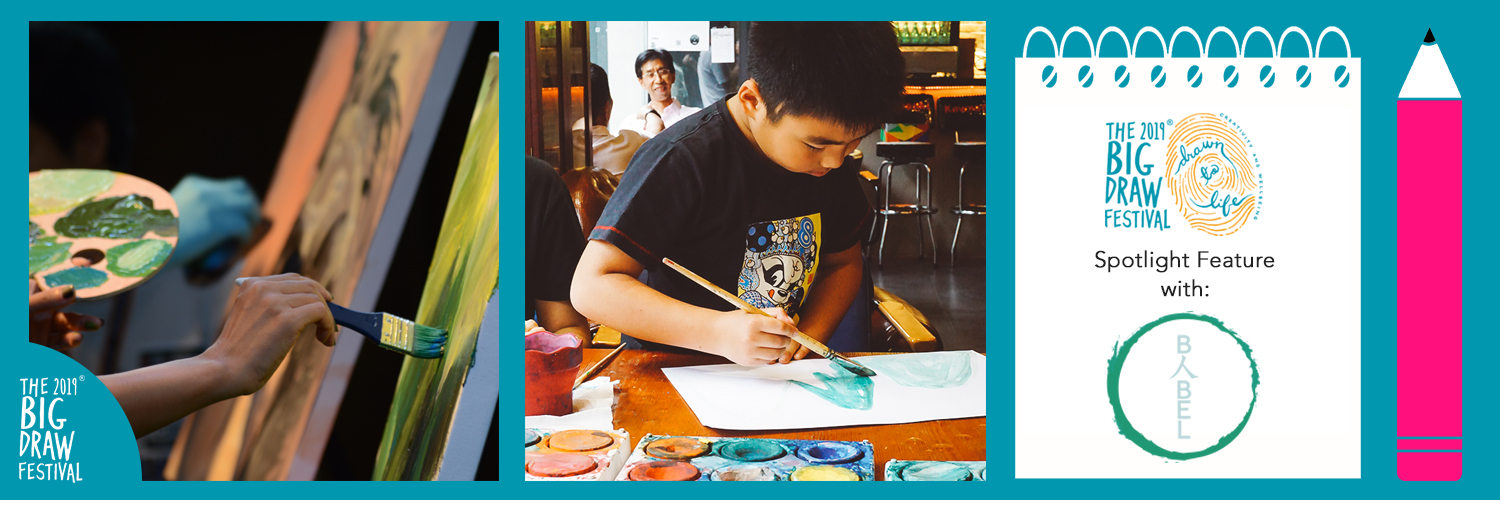
For those of our readers who may not be familiar, could you tell us a bit about BABEL, and your work there?
Maria & Rose: B人BEL is an organization based in Shanghai that promotes inclusion through media, arts and education. We organize arts festivals that explore the meaning and the importance of social inclusion, we design and deliver arts programs that empower and connect communities, and we publish media that tells stories of people through prose, poetry, interviews, photography and illustration.
One of the main components of our work here at The Big Draw is promoting the influence of ‘visual literacy’. We believe that it is crucial to a multitude of industries and disciplines, not just within the visual arts sector. Can you share with us your views on the benefits of a visual eye in one’s everyday life?
Maria & Rose: We live in a world in which our eyes are the main source of information and navigation – sight is the main form of perception for the majority of people – in which we are constantly visually stimulated and entertained. Yet we rarely use visuals in our communication. Written and spoken languages have their importance, but languages are also permeated with social and cultural divides, and limited by often traditional notions of politeness, right or wrong, etc. We believe that visual literacy can not only trigger faster communication and expression, but it can also liberate us from communication constraints. It can allow people from different backgrounds, cultures, and stages in life to communicate and connect. It can help people to share and understand ideas and facilitate cooperation.
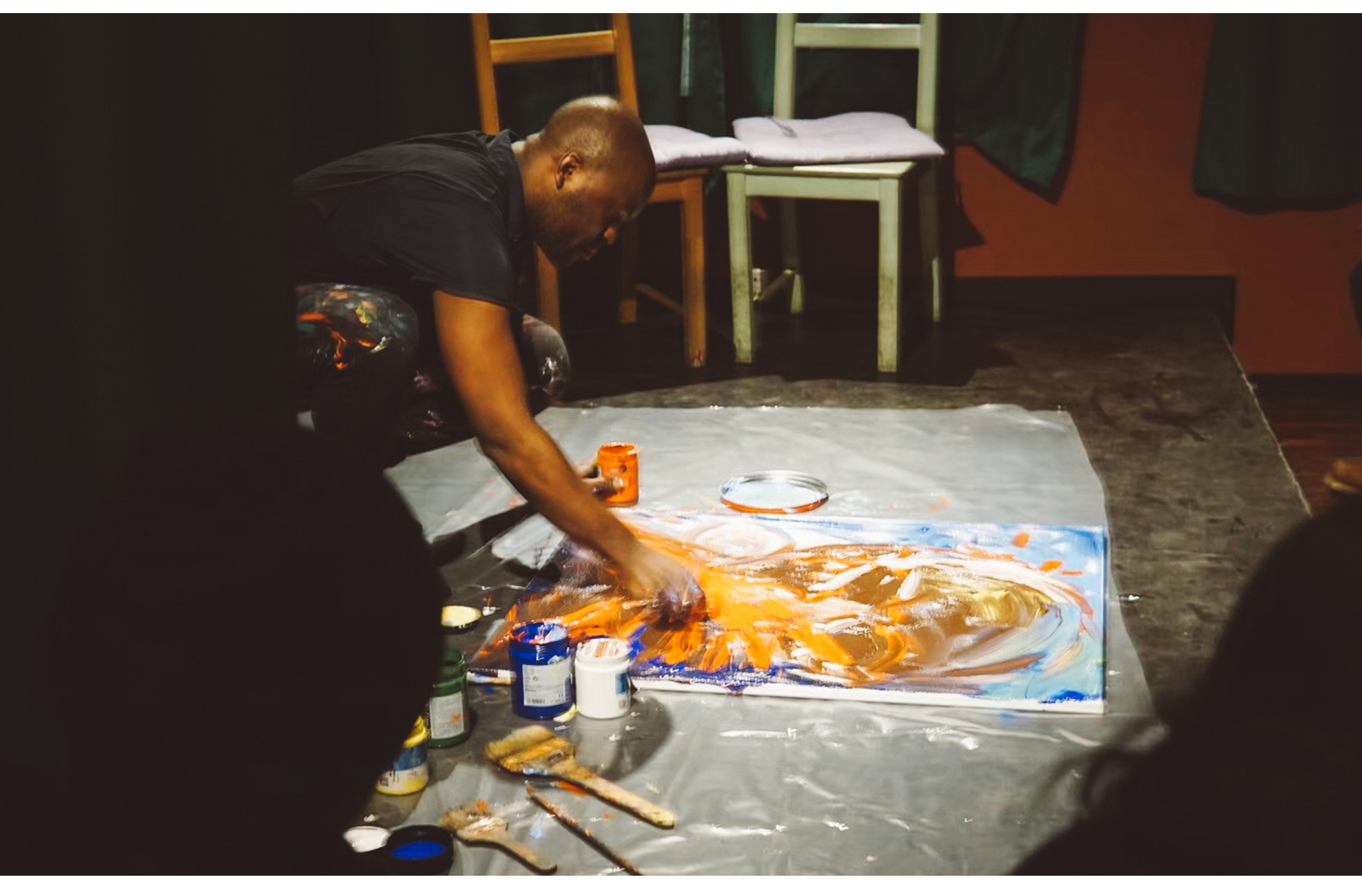
We’d love to hear a bit about the art scene in Shanghai! I understand it’s a rapidly growing industry?
Rose: With over 25 million inhabitants, there are countless different lifestyles, ideas, and communities in Shanghai. A lot of young people feel the urge to do something different; to not follow the road often taken, to start something for themselves, and the vibrant city of Shanghai is the perfect place for that. There is an increasing interest in non-traditional forms of art and self-expression, and because of the open-minded and entrepreneurial atmosphere in the city, many feel inspired to start creating arts and art platforms.
We believe that drawing can be life changing; it's an amazing tool for communication, creativity and expression. On top of this, we believe that everybody can draw! What do you think is the significance of drawing in everyday life? Do you think there is such a thing as a “bad” drawing?
Maria: I think that drawing is exclusively placed at an artistic end, which enlarges the disconnection between people and drawing. Most people are not writing novels, and yet we rarely hear someone saying, “I don’t like to use words because my words are not so beautiful”. I believe drawing can enhance communication and expression, and it doesn’t need to have an artistic end. If a drawing fulfills the drawer’s purpose in drawing, whether it is an artistic purpose, or clarifying an idea and expressing a thought or experience, then it cannot be bad.
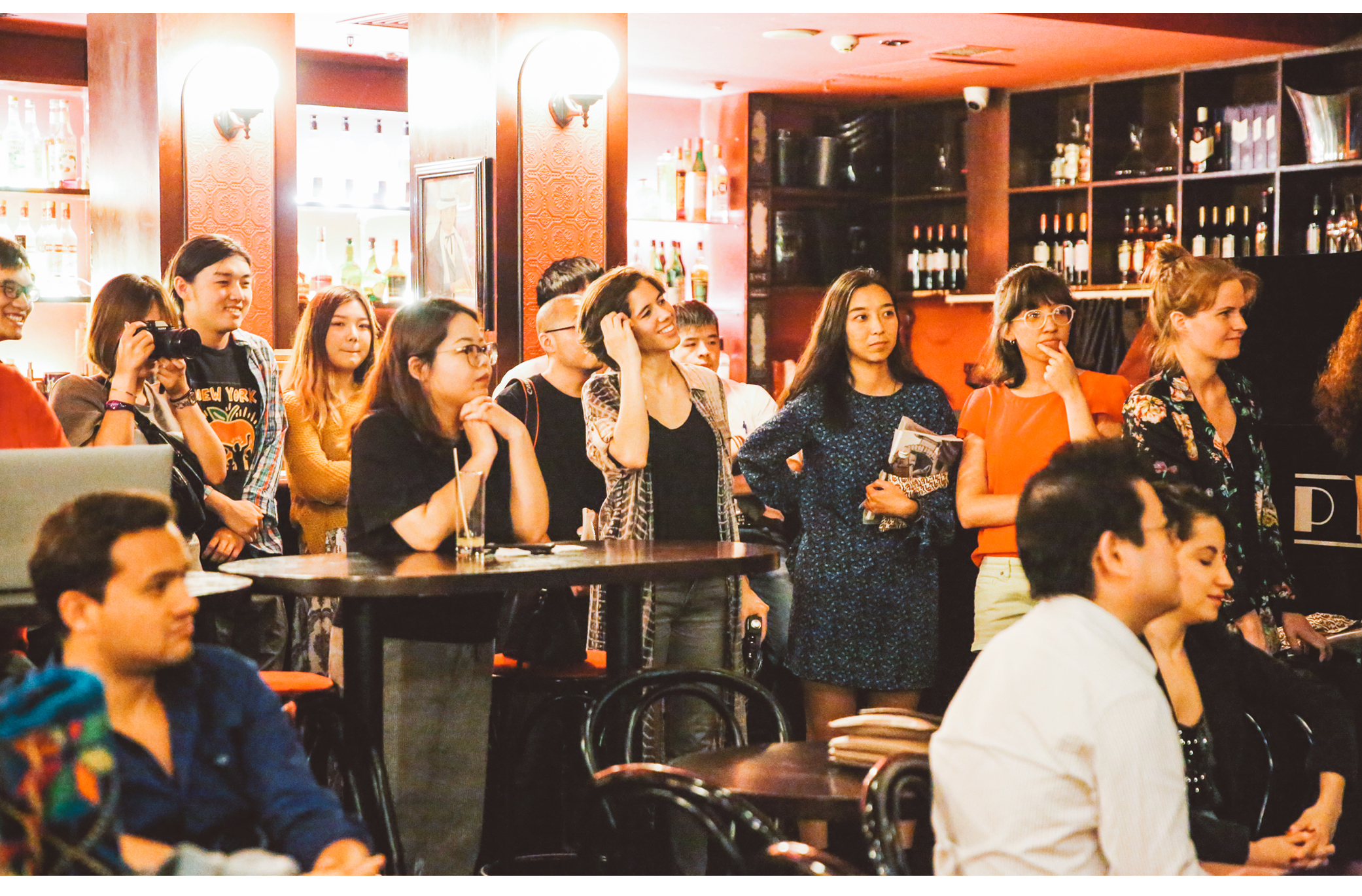
What role does drawing play in your day-to-day life?
Rose: I love illustration, drawings, and animations. Every now and then I attempt to sketch some more complex scenes or drawings, especially of people. On a more daily basis, though, I feel that I often express ideas through drawing. These drawings aren’t very complicated or beautiful, but they are visual representations of an idea I have in my mind. Especially when trying to explain more complex ideas to someone, I tend to start by drawing instead of using words. My mind portrays ideas visually, not verbally, and my notebook full of small drawings is a representation of that.
Maria: Often I need to “unfocus” my mind, and let it wander freely, in order to clear my mind and my work structure. One of the methods I use is to grab a pen or pencil and draw senseless lines and figures, or to look around and imagine these senseless lines and figures being drawn.
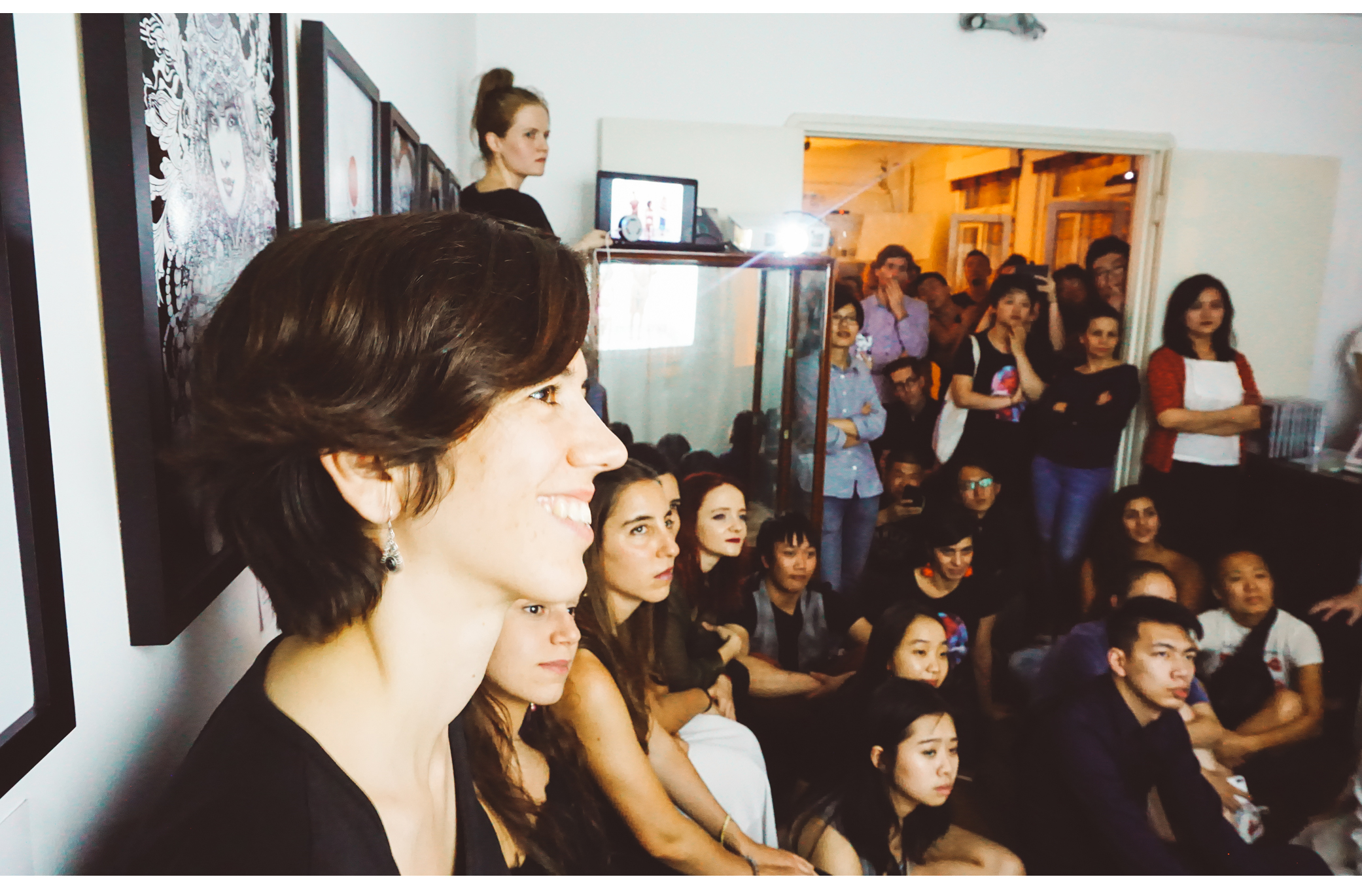
What should people expect from your Big Draw events, and why should they get involved?
Maria & Rose: In Shanghai’s Big Draw we will celebrate the multiple benefits and uses of drawing, but we also emphasize the power it has to connect and strengthen communities.
We will have a friendly art competition between schools, which will connect students from different schools and areas, and we will include art forms which involve children and communities in debate – for instance, we will invite students from migrant schools and disability centers to be part of the events in order to generate understanding between different groups.
For this 2019 edition of the event, we will be collaborating with Nail On The Wall, an artistic collective and agency founded by Tomás Pinheiro and Jian Huang. They have been developing engaging work, not just in Shanghai, but also in other Chinese cities; acting as a platform for emerging artists and creating awareness to their work through multimedia content and events such as art exhibitions, inspirational and educational talks, and live painting shows.
Each year The Big Draw Festival carries a theme for our co-creators to explore. This year’s theme is ‘Drawn to Life: Creativity and Wellbeing’, celebrating the incredible health benefits and healing powers of a more creative life. What role will ‘Drawn to Life’ play in your events at BABEL this year? Furthermore, does this theme play an important role in your life and work outside of the Festival?
Maria & Rose: Creativity plays a very important role in our daily work. In our education programs we always stimulate students to try various forms of arts, because not everyone feels comfortable expressing themselves in words, and often self-expression comes in different forms. In our arts events we have active audience participation, because we believe art is not just to be passively perceived; the point of art is to interact, to play, and to create. In almost every event we did we had arts materials available for people to freely paint, draw, write, or create something, and the results of the interaction of different people creating together are often surprisingly beautiful and inspiring! And, of course, as we are the creators of events and media, we use different forms of art (writing, photography, video, and sometimes illustration) ourselves as well.
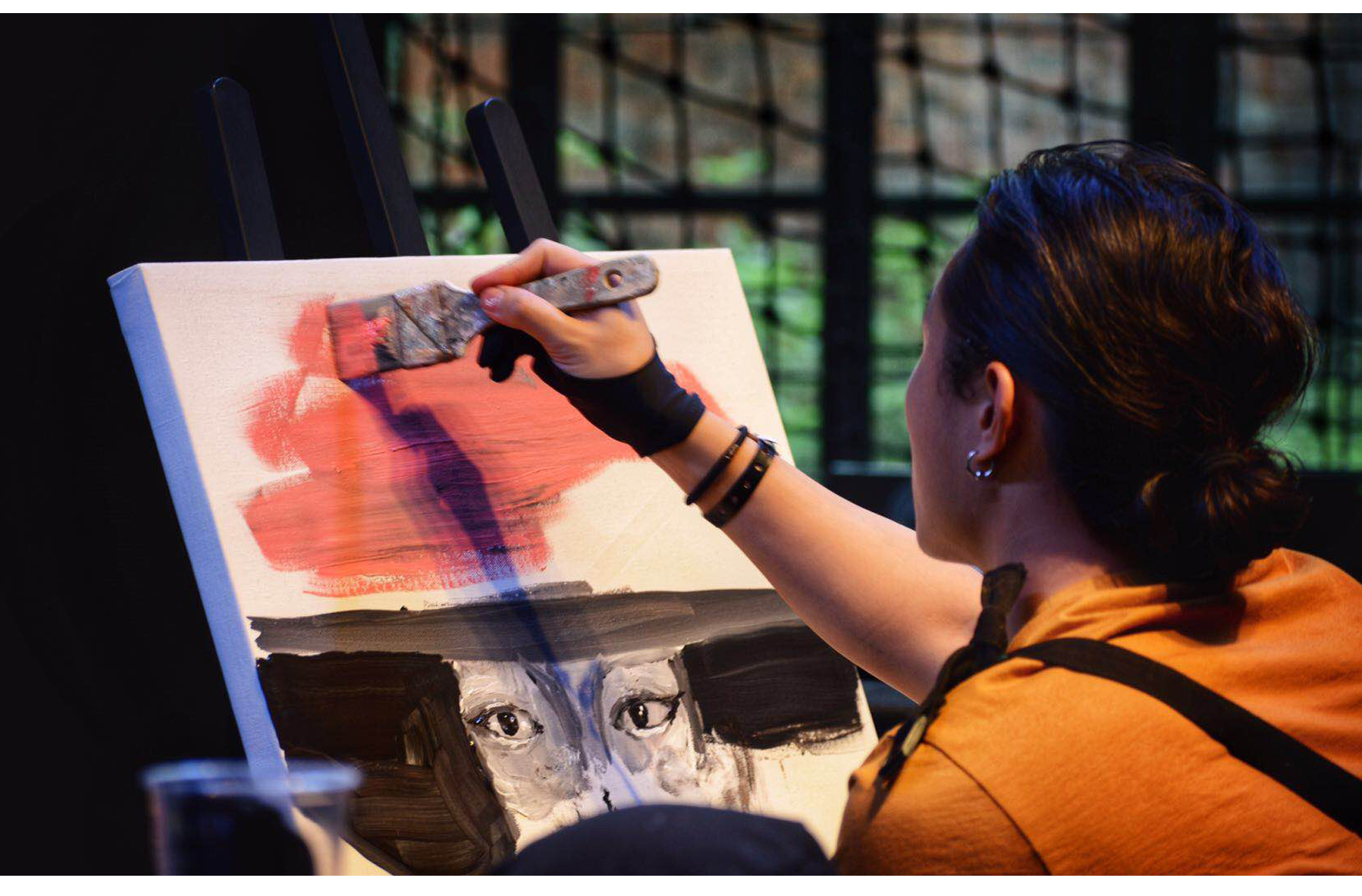
What about The Big Draw Festival inspired you to take part? Is there any advice or guidance you would give to someone considering organising their own event?
Maria & Rose: We want to be part of The Big Draw because we believe that creativity and self-expression is important for everyone. Through drawing, people can express themselves and feel more confident in their creation, but they can also connect to each other by creating together and by getting to understand each other in a different way. Bringing together people and creating together is in the core of BABEL, and we believe The Big Draw to be a good opportunity for this.

Thank you Maria & Rose, and the teams at both BABEL and Nail on the Wall Collective!
Have you been inspired by this interview and The Big Draw Festival 2019 theme: #DrawntoLife? Why not join our global Festival in 2019? Registration is now open! Find out more about the benefits of becoming an organiser here and other ways to support The Big Draw's mission here.